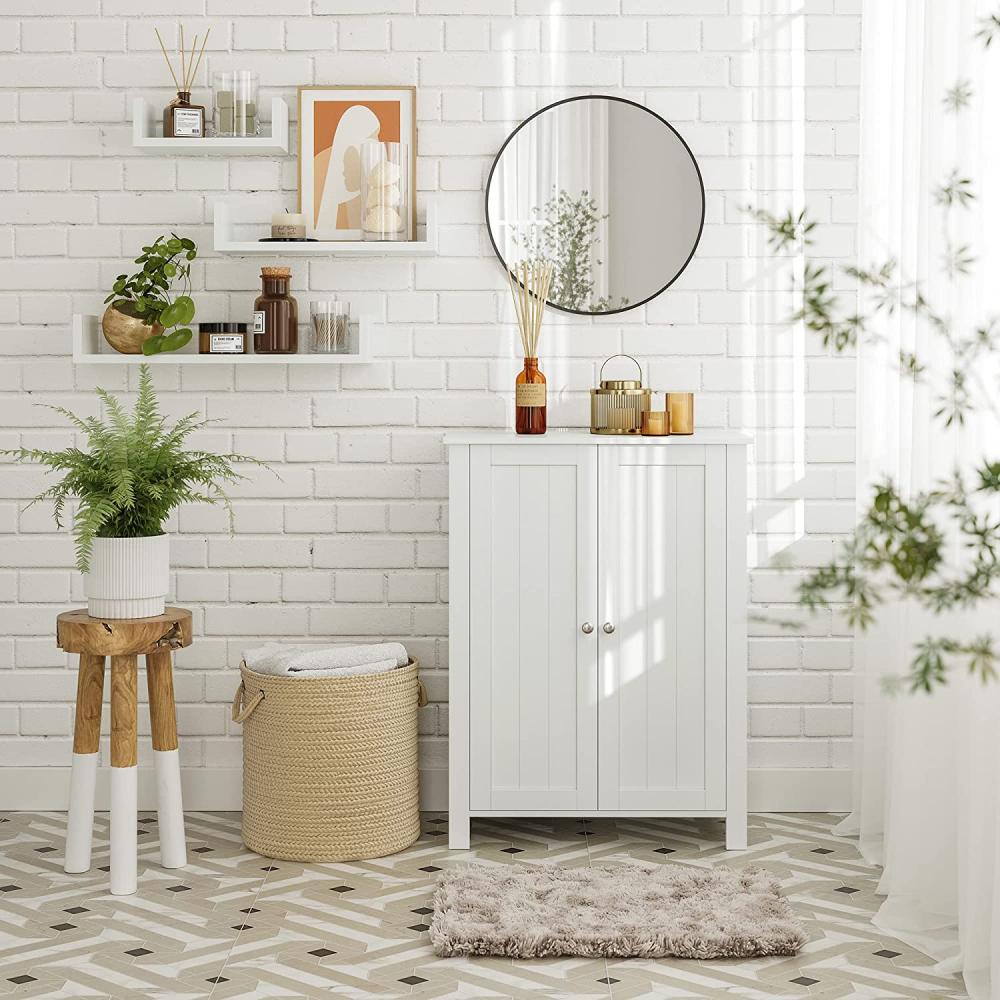One color
1) Characteristics and types of pigments
Pigments are the colorants in inks and they are the main raw materials for the color of inks. It differs from the dyes in that the pigments are generally insoluble in water and do not dissolve in the binder, and they are mostly suspended in the solvent. The dye is a soluble, true solution in the vehicle, which makes the object completely colored. There are many types of pigments, and there are many classification methods. According to the general concept can be divided into inorganic pigments and organic pigments; according to the type of metal can be divided into zinc pigments, cobalt pigments; according to the color characteristics can be divided into color pigments and achromatic pigments. Generally they are divided into:
a:pigment dyestuff
That is, an insoluble colored organism or carrier. Including azo pigments, phthalocyanine pigments, nitro pigments, nitroso pigments, reducing pigments.
b: Precipitating dye (lake-lake)
That is, an organic pigment containing an inorganic substance or a carrier. Including ordinary lake, fastness lake.
c: toner
That is, water-soluble acidic or basic dyes are organic pigments without inorganic substances or carriers. It is an organic color body that has not been diluted and has the greatest coloring power.
2) Quality indicators of pigments
The quality of the pigment directly affects the performance of the ink. Generally, there are several indicators for evaluating the performance of the pigment:
a: Hue.
The hue reflects the selective absorption of the spectrum by the pigment, depending on the nature of the pigment itself. It is also related to the thickness of the ink film, the filler used, the type of binder, and the characteristics of the paper. The greater the absorption of the primary light by the pigment, the less harmful absorption.
b: coloring power.
Coloring power refers to the ability of a pigment to mix with other pigments to affect the color of the mixed pigment. The higher the coloring power of the pigment, the less the amount of ink required for its formulation.
c: hiding power.
Covering power refers to the ability of pigments to cover the surface of the substrate. That is, the ability of the surface of the substrate not to penetrate pigments. The hiding power of the pigment depends on the difference between the refractive index of the pigment and the refractive index of the binder.
d: Specific volume.
The visual volume refers to the volume of cubic meters per kilogram of pigment. The visual and visual weights are reciprocal to each other. The bigger the view, the better.
e: oil absorption.
Oil absorption refers to the amount of oil that can be absorbed by a given amount of pigment. This is calculated as the amount of linseed oil required to bind 100 grams of pigment together. The nature of the printing ink is related to the oil absorption of the pigment. The ink made from a pigment with a small oil absorption amount contains more pigment, and the ink has strong hiding power, but the stability is poor. It is easy to produce a plate during printing and it is easy to be emulsified. The general requirement for pigments is greater oil absorption.
f: Dispersion.
The degree of dispersion reflects the size of the pigment particles, and the smaller the particles, the higher the degree of dispersion of the pigment. Generally increasing the degree of dispersion can make the color brighter and increase the color brightness.
g: light resistance, light resistance, penetration resistance, and other corrosion resistance.
3) Basic requirements for offset inks for pigments.
a: The color performance requires high coloring power, high color density, high transparency, and small hue error.
b: Stability requirements Light, heat, acid and alkali corrosion resistance.
c: The printing performance requires fine and uniform particles, high dispersion and insolubility in water. The lipophilicity is stronger than hydrophilic and does not contain harmful substances.
A bathroom cabinet is a cabinet in a bathroom, most often used to store hygiene products, toiletries, and sometimes also medications such that it works as an improvised medicine cabinet.

Bathroom cabinets are usually placed under sinks, over sinks, or above toilets. Many mirror cabinets are combined with a lamp that illuminates the mirror and thereby (especially in small bathrooms) also the room.
Bathroom cabinets often either have an integrated electrical socket or are placed close to one so that appliances such as an electric shaver or hairdryer can be used.
Bathroom cabinets have become much more technologically advanced with retailers today offering features like Bluetooth audio, mood lighting, and anti-fog technology.
Bathroom Shelf,Wooden Bathroom Cabinet,PVC Bathroom Cabinet,Practical Bathroom Cabinet,​Bathroom Storage Cabinet
Jinan Tri-Tiger Technology Development Co., Ltd , https://www.tritigerwooden.com